The Lionel-GE locomotive history arguably goes back more than a century. The first General Electric models made by the toy train manufacturer in electric and diesel profiles were separated by about 60 years. The internal-combustion model came almost a decade-and-a-half after GE started making that type of engine.
Lionel GE locomotive history
General Electric entered the locomotive industry early in the 20th century, providing components for electric “motors.” Partnership with American Locomotive Co., better known as Alco, produced New York Central’s “S Motor” fleet, widely regarded as the first mass-produced mainline electric engines.
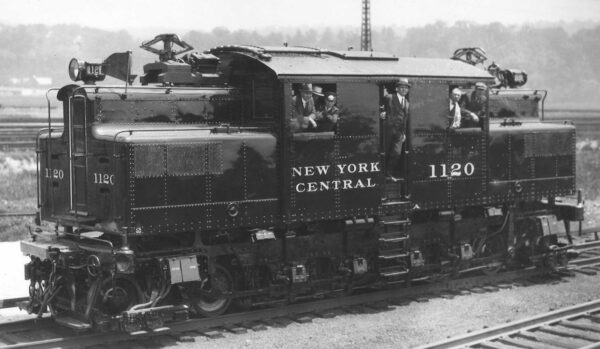
These were used to haul passenger trains in and out of Grand Central Terminal and to pull commuter trains around New York City. The motors, classed S-1, S-2, and S-3, were built between 1904 and 1909.
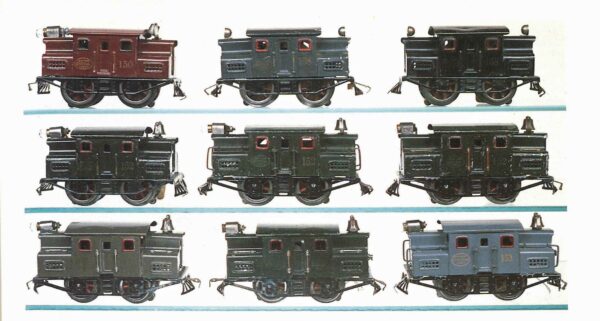
While Lionel never called its electric-profile O and Standard gauge locomotives S Motors, the design influence is unmistakable. Starting around 1913 with the Standard gauge No. 53, the body shape starts to look like the NYC locomotives with squared hood peaks. The No. 33 has a similar look, although the peaks are rounded.
The model train manufacturer produced these engines, typified by the O gauge No. 153, into the 1930s.
More juice
Some argue the first Lionel model of a genuine GE product is the EP-5. The prototype was a sleek electric passenger-hauler built for the New York, New Haven & Harford RR. Nicknamed “Jets,” they looked – and were – fast.
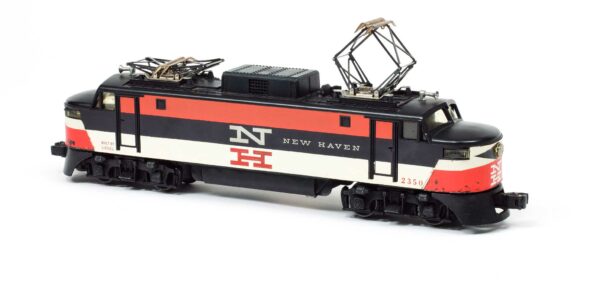
Lionel’s offering was equal to the prototype, with dual pantographs like the previously released Pennsylvania Railroad GG1. The New Haven’s motor was set off by a great rendition of the McGinnis paint scheme that has become iconic with the passage of time.
The O gauge versions were relatively quick to reach the market in 1956, as the prototype passenger motors had only been delivered to the New Haven in 1955. They had relatively long service lives; passenger service ended in 1973, but a few EP-5s survived into the formation of Conrail. By 1979, they had all met the scrapper’s torch.
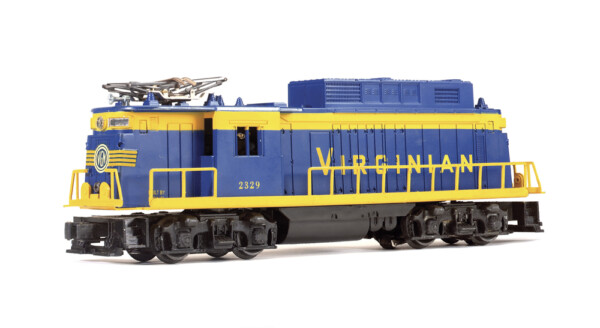
Lionel made another GE-built electric, the heavy-hauling No. 2329 Virginian E33 Rectifier, in 1958-59. Collectors and operators still love these brick-like blue-and-yellow motors. The prototypes moved many tons of coal for the railroad.
On to diesel
General Electric had long been a player in the internal-combustion locomotive market but primarily by producing components and partnering with other builders like Alco. In 1940 it produced its 44-ton switcher.
Lionel cataloged a model of it, but only for a couple of years in 1956-’57, ironically at the end of the prototype’s production run. It’s listed as the 44-ton and sometimes referred to as the “Center Cab” switcher. Road names include the No. 624 Chesapeake & Ohio; 625 Lehigh Valley, 626 Baltimore & Ohio; 627 Lehigh Valley (released before the 625 in a different paint scheme); 628 Northern Pacific; and 629 Burlington.

In the late 1950s GE developed its Universal series of export engines. In 1960, the locomotive builder announced the U25B, which would go on to become its first successful domestic diesel.
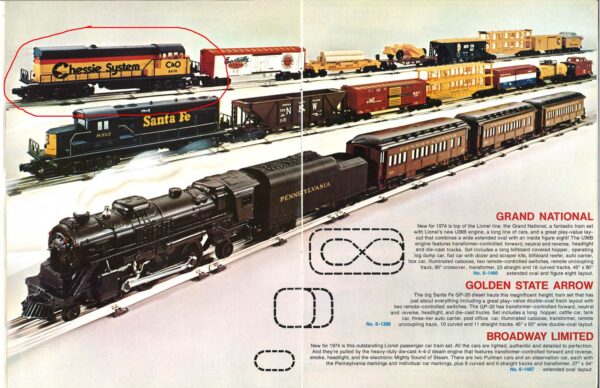
But Lionel didn’t start there with its road diesels. Instead, it picked a more contemporary high-horsepower model: GE’s U36B.
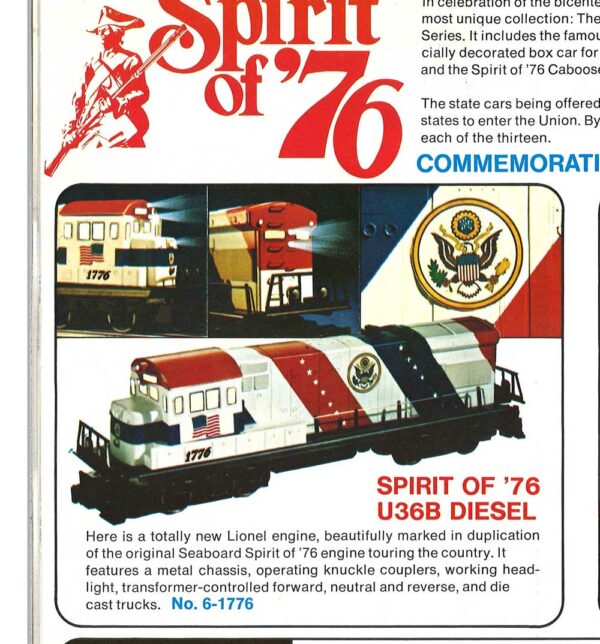
The first appearance of the engine was in the 1974 catalog, in a couple of places. First, leading the Grand National set, Then, in anticipation of the United States’ Bicentennial, it came in red, white, and blue as part of the Spirit of ’76 series.
Again, Lionel was late to the party as 1974 was the last year of production for the U36B.
Learn about some of the best-selling GE diesels of all time.
Part of history
In terms of legacy, the prewar electrics, depending on the model, have become collectible. As if to build a bridge to the past, Lionel in its 2007 catalog offered a scale model of New York Central S-2 No. 125 with TMCC control.
The No. 2350 New Haven EP-5 (cataloged from 1956 to ’58) remains a sought-after O gauge model. So also are the other EP-5s released in the 1950s: Nos. 2351 Milwaukee Road, 2352 Pennsylvania, and 2358 Great Northern. There is also a lot of love for the 2329 Virginian Rectifier. The paint scheme has become one of the iconic ones from the postwar period and units in excellent condition fetsch several hundred dollars.
The 44-ton switchers in large part have been relegated to workaday status. They are frequently bargains at swap meets and shows. Of the road names produced, the B&O and Burlington models attract the most collector attention.
Lionel’s U36B model would be cataloged through the 1970s for the model builder in a number of paint schemes. It’s one of the “staple” offerings of the MPC-Fundimensions era.






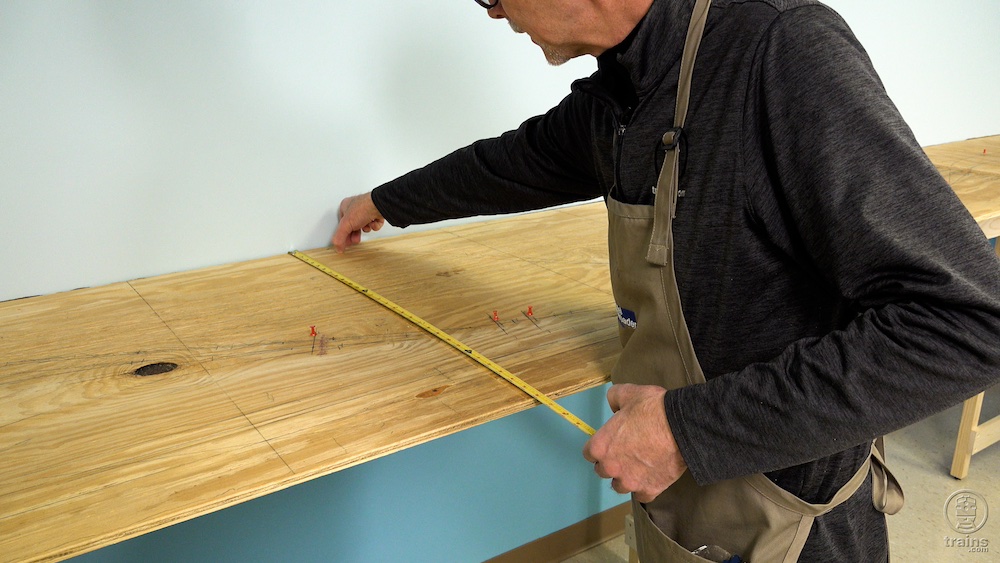
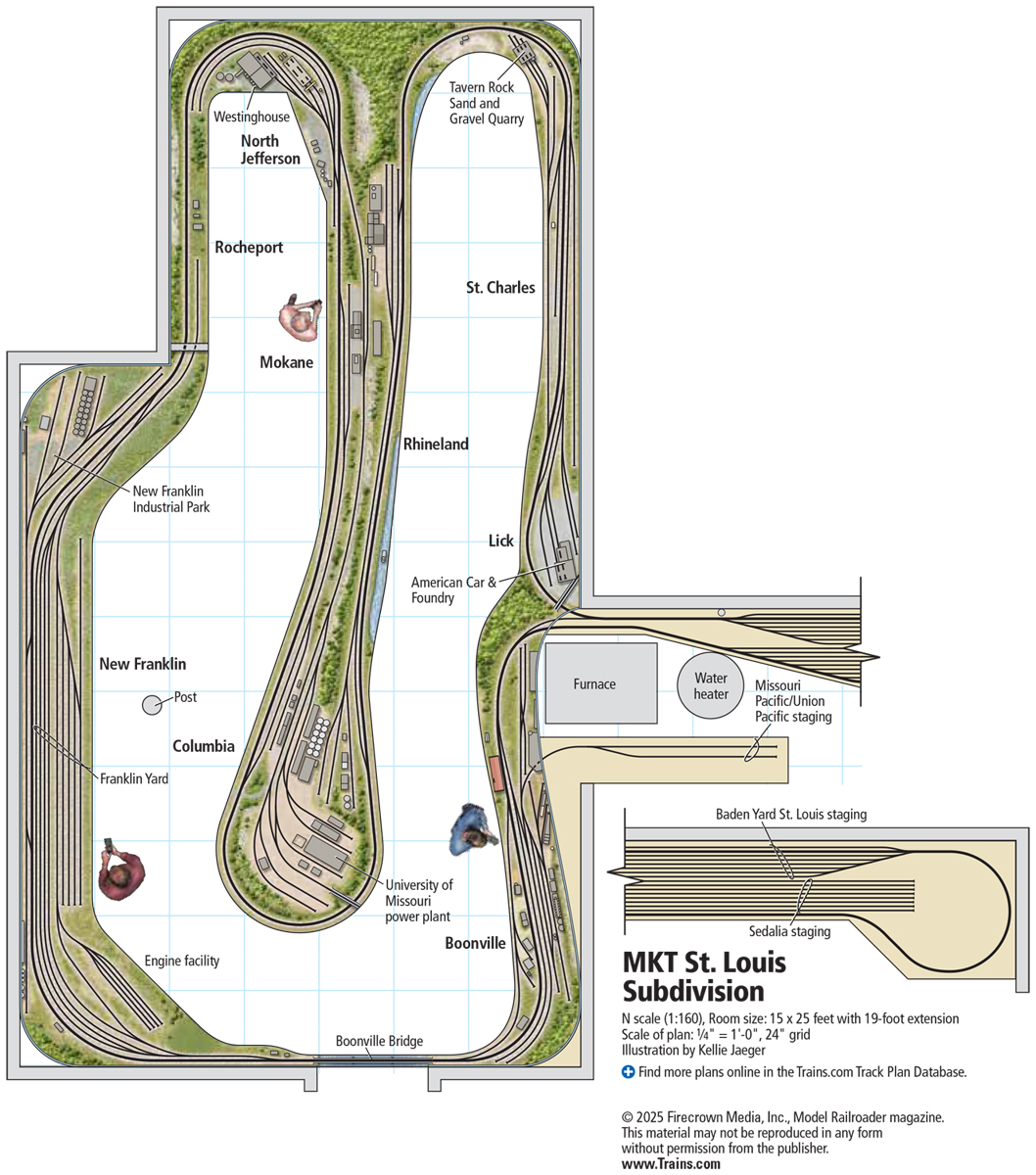

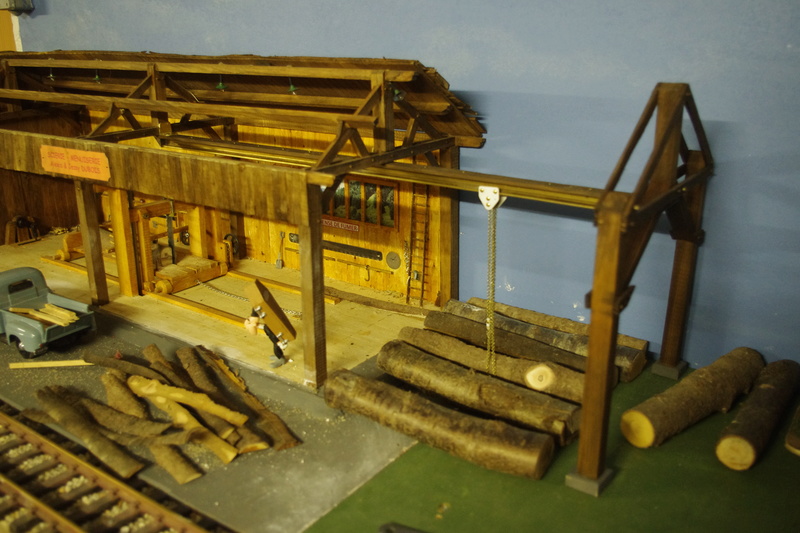




Fred Hunt you are correct; I’ve updated the story to add those well-loved units.
Another GE locomotive from Lionel is the #2329 Virginian Rectifier Electric from 1958. Lionel also made it in HO in 1960. It was also made by MPC.
Great article!! Good idea to have articles that reflect all locomotives of a manufacturer produced by one toy train company. Extending a locomotive manufacturer across all the toy train companies would be even better. It would compare and contrast a single locomotive a cross all the companies.
David Osborn